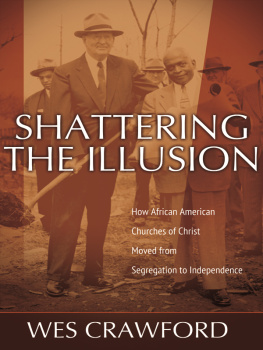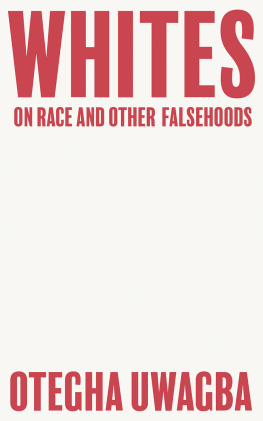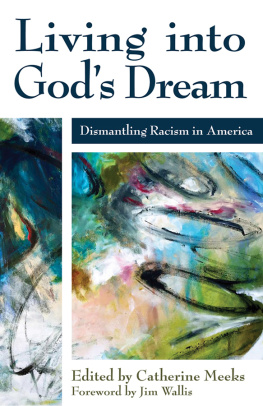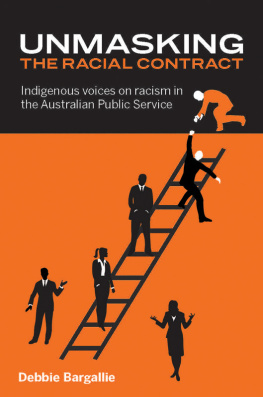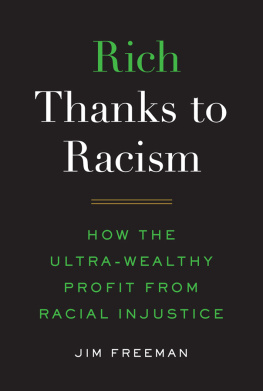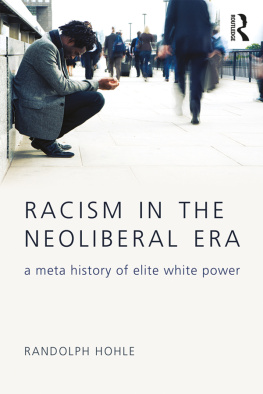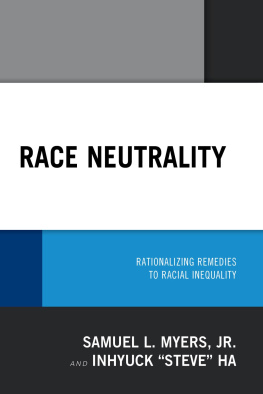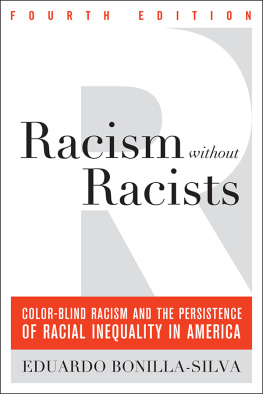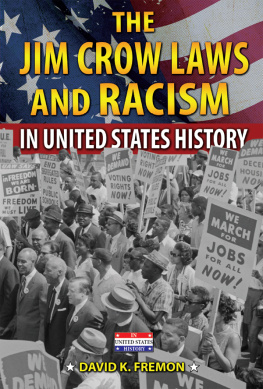Routledge
Taylor & Francis Group
270 Madison Avenue
New York, NY 10016
Routledge
Taylor & Francis Group
2 Park Square
Milton Park, Abingdon
Oxon OX14 4RN
2007 by Taylor & Francis Group, LLC
Routledge is an imprint of Taylor & Francis Group, an Informa business
Printed in the United States of America on acid-free paper
10 9 8 7 6 5 4 3 2
International Standard Book Number-10: 0-415-95476-2 (Softcover) 0-415-95475-4 (Hardcover)
International Standard Book Number-13: 978-0-415-95476-1 (Softcover) 978-0-415-95475-4 (Hardcover)
No part of this book may be reprinted, reproduced, transmitted, or utilized in any form by any electronic, mechanical, or other means, now known or hereafter invented, including photocopying, microfilming, and recording, or in any information storage or retrieval system, without written permission from the publishers.
Trademark Notice: Product or corporate names may be trademarks or registered trademarks, and are used only for identification and explanation without intent to infringe.
Library of Congress Cataloging-in-Publication Data
Picca, Leslie Houts, 1975-
Two-faced racism: Whites in the backstage and frontstage / by Leslie Houts Picca
and Joe R. Feagin.
p. cm.
Includes bibliographical references.
ISBN 978-0-415-95475-4 (hbk.) -- ISBN 978-0-415-95476-1 (pbk.)
1. Whites--United States--Attitudes. 2. Racism--United States--Case studies. 3.
United States--Race relations--Case studies. 4. Whites--United States--Diaries. 5.
College students--United States--Diaries. I. Feagin, Joe R. II. Title.
E184.A1P53 2007
305.800973--dc22
2006030927
The problem of race in the contemporary world is substantially a problem of the white mind. In the U.S. case, at least two major interpretive frames have long contended in the white mind in regard to racial matters. A centuries-old equality-and-justice frame envisages a society in which equality and justice prevail. Yet, there is also a dominant white racial frame that has long motivated, sustained, and rationalized large-scale racial inequality and injustice.
Consider the old equality-and-justice frame. The 1776 Declaration of Independence asserts that, We hold these truths to be self-evident: that all men are created equal; that they are endowed by their creator with certain unalienable rights; that among these are life, liberty, and the pursuit of happiness. The 1787 Preamble to the U.S. Constitution asserts that, We the people of the United States, in order to form a more perfect union, establish justice, insure domestic tranquility, provide for the common defense, promote the general welfare, and secure the blessings of liberty to ourselves and our posterity, do ordain and establish this Constitution for the United States of America. The 1868 Fourteenth Amendment added the first statement of equality to the U.S. Constitution: No State shall abridge the privileges or immunities of citizens of the United States; nor shall any State deprive any person of life, liberty or property, without due process of the law; nor deny to any person within its jurisdiction the equal protection of the laws.
Since the 18th century many Americans have heralded this country as the cradle of freedom and democracy. Equality for all and liberty and justice have frequently been asserted as the countrys highest ideals. Indeed, no countrys political leadership and institutions have asserted these ideals of equality and justice more forcefully than in the case of the United States. Today, research surveys of white Americans find that most adhere, at least at an abstract level, to the equality-and-justice framing of society. Indeed, since the late 1960s, the public face of the United States has been that of a nonracist society that appears to live up to these equality-and-justice ideals.
Nonetheless, for much of the time since the 18th century, this equality-and-justice frame has constantly been trumped by a In their daily lives a majority of whites interpret many racial situations and eventsand interracial encountersin terms of this white-racist framing, and thus not in terms of critical reasoning and searched-out evidence. As a result, many whites regularly discriminate against Americans of color.
This white racial framing of society is more than a major viewpoint on racial matters adopted in some form by most whites. Instead, we view the dominant white racial frame as a generic meaning system created historically by whites that can be held by whites and by people of color. This frame provides the white-created lens through which white oppressors have viewed the society, yet the oppressed sometimes adopt this lens as well. Through important social institutions, whites, especially those in the elite, have collectively worked hard to get all members of the society to buy into this framing as part of the system-justification process. The frame has been so pervasive now for several centuries that even those oppressed by it have to resist its planting in their own heads and inclinations as they too are substantially socialized within a systemically racist society.
As we will also make clear in this book, we observe in our data that whites have a choice of adopting the white-racist framing to a greater or lesser degree. Some, as we suggested above, reject some or most of that white racial framing and replace it with a consistent viewpoint that adopts the equality-and-justice framing of society. Though pervasive and extensive, the white racial framing can be rejected and replaced meaningfully with this alternative equality-based framing of society.
APPARENT CHANGES IN WHITE RACIAL ATTITUDES?
Much contemporary
Some social scientists, such as David Sears and John McConahay, have made sense out of this apparent change by suggesting that a new perspective called modern racism (or symbolic racism) has developed. In their view, most whites have shifted away from traditional racist stereotypes of black Americans, notions of biological inferiority, a general dislike of blacks, and opposition to racial desegregation. They and other social scientists have argued that by the late 1970s old-fashioned racism had been substantially replaced by a
Yet, recent research studies, including that presented in later chapters, suggest serious questions about this view of racial change. Modern-racism researchers suggest that certain white racial views being found are relatively new, yet even they note numerous continuities today with the past racist framing of society used by whites. Among the continuing elements is what they term antiblack affect, which involves white fear, avoidance, and distaste for black Americans. They demonstrate that whites hold blaming-the-victim stereotypes of black Americans as lazy, oversexed, and seeking handouts. However, both the antiblack affect and these stereotypes have been part of the racist framing of black Americans since at least the 18th century. The old racist stereotypes have not disappeared. Many whites still accent at least a few of these racist stereotypes publicly in replies to pollsters and researchers. Antiblack images, cognitive stereotypes, and emotions remain important in most whites consciousnesses.


